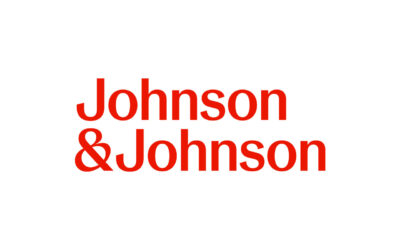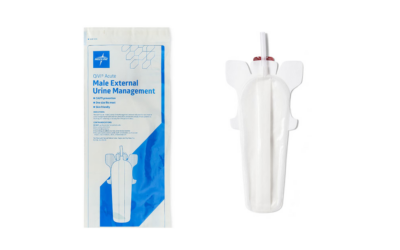 The following quote is attributed to Bram Zuckerman, M.D., director of the Office of Cardiovascular Devices in the FDA’s Center for Devices and Radiological Health:
The following quote is attributed to Bram Zuckerman, M.D., director of the Office of Cardiovascular Devices in the FDA’s Center for Devices and Radiological Health:
“Heater-cooler devices are commonly used to warm or cool a patient to improve medical care and patient outcomes during cardiac surgery. They remain critical to patient care. The FDA takes seriously our responsibility to monitor device safety and performance and, after previously identifying the potential for contaminated water to aerosolize creating a risk of infection to patients, we’ve been working intensively with the device industry and medical community to understand this problem and reduce the risk of infection to patients. One specific model – the LivaNova Heater-Cooler System 3T – has been the focus of several FDA activities in recent years. The corrections made to this heater-cooler device since 2015, publicly available in the FDA recalls database, have been shown to reduce the risk of patient infection. Corrections include design modifications and deep cleaning to remove visible biofilm and reduce microbial levels.
“Today we are providing an update to health care providers and staff outlining actions to reduce the risk of cardiac surgery infection when using the LivaNova Heater-Cooler System 3T. We cleared a new version of the LivaNova Heater-Cooler System 3T, which incorporates all of the corrections made to the device since 2015 and adds new validated cleaning and disinfection instructions and updated labeling.
“Facilities using a Heater-Cooler System 3T that is not the newly cleared version, should immediately start using the new labeling that details the validated disinfection and cleaning instructions, as recommended in today’s LivaNova Medical Device Correction Letter. We are also reminding health care providers and staff to continue to follow recommendations in the previous LivaNova Medical Device Correction Letters from April 2018 and October 2018 regarding the deep cleaning service and design upgrade.”
- Today, the U.S. Food and Drug Administration cleared a new version of the LivaNova Heater-Cooler System 3T – a device used during cardiothoracic surgeries to warm or cool a patient to improve medical care and patient outcomes – with changes to help reduce the risk of patient infections including new labeling with validated cleaning and disinfection instructions.
- The agency simultaneously issued a safety communication providing an update to the FDA’s October 2018 safety communication and reminding health care providers and staff of actions to take to reduce the risk of cardiac surgery infection when using the LivaNova Heater-Cooler System 3T.
- Heater-cooler devices have water tanks that provide temperature-controlled water to external heat exchangers or warming/cooling blankets through closed circuits. Although the water in the circuits does not come into direct contact with the patient, there is the potential for contaminated water to enter other parts of the device and aerosolize. This could send non-tuberculosis mycobacteria (NTM) through the air and through the device’s exhaust vent or other unsealed pathways, the environment, and to the patient .









